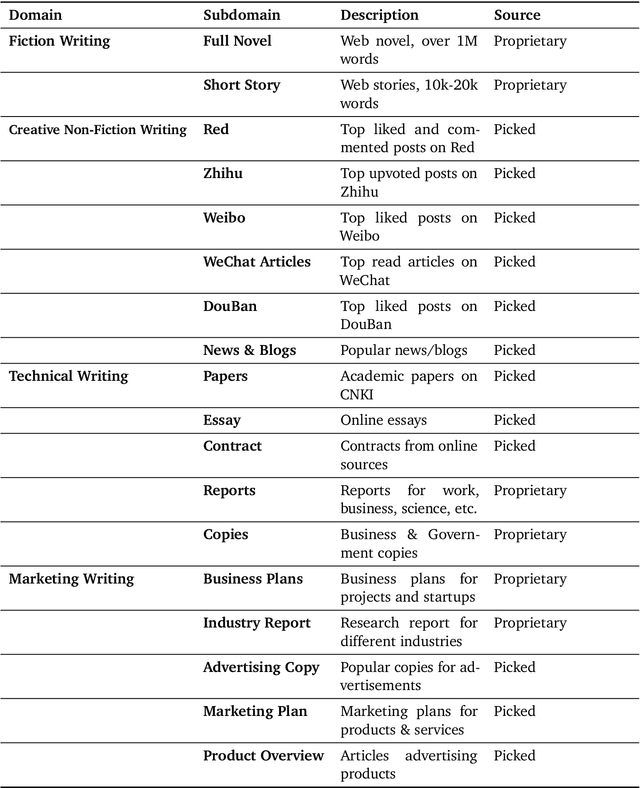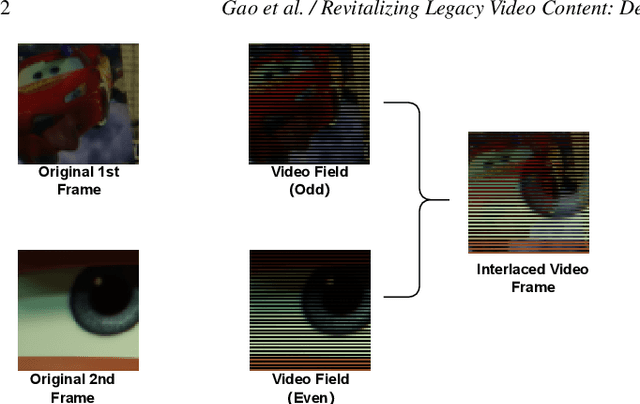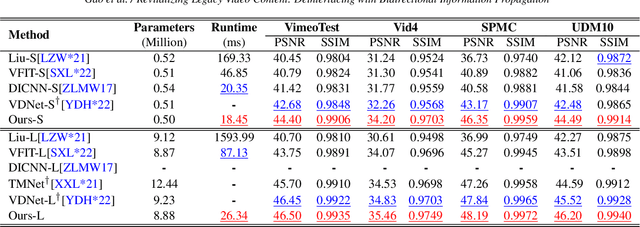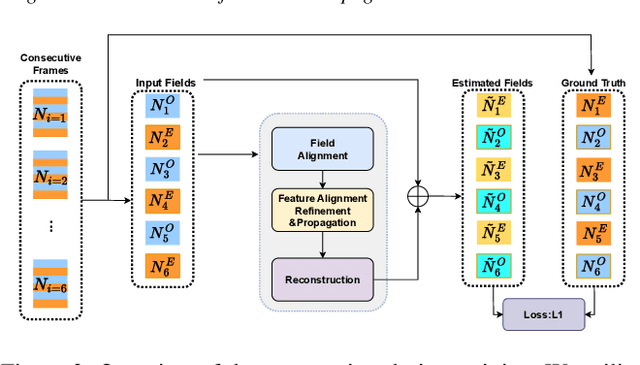Zhaowei Gao
Weaver: Foundation Models for Creative Writing
Jan 30, 2024



Abstract:This work introduces Weaver, our first family of large language models (LLMs) dedicated to content creation. Weaver is pre-trained on a carefully selected corpus that focuses on improving the writing capabilities of large language models. We then fine-tune Weaver for creative and professional writing purposes and align it to the preference of professional writers using a suit of novel methods for instruction data synthesis and LLM alignment, making it able to produce more human-like texts and follow more diverse instructions for content creation. The Weaver family consists of models of Weaver Mini (1.8B), Weaver Base (6B), Weaver Pro (14B), and Weaver Ultra (34B) sizes, suitable for different applications and can be dynamically dispatched by a routing agent according to query complexity to balance response quality and computation cost. Evaluation on a carefully curated benchmark for assessing the writing capabilities of LLMs shows Weaver models of all sizes outperform generalist LLMs several times larger than them. Notably, our most-capable Weaver Ultra model surpasses GPT-4, a state-of-the-art generalist LLM, on various writing scenarios, demonstrating the advantage of training specialized LLMs for writing purposes. Moreover, Weaver natively supports retrieval-augmented generation (RAG) and function calling (tool usage). We present various use cases of these abilities for improving AI-assisted writing systems, including integration of external knowledge bases, tools, or APIs, and providing personalized writing assistance. Furthermore, we discuss and summarize a guideline and best practices for pre-training and fine-tuning domain-specific LLMs.
Revitalizing Legacy Video Content: Deinterlacing with Bidirectional Information Propagation
Oct 30, 2023



Abstract:Due to old CRT display technology and limited transmission bandwidth, early film and TV broadcasts commonly used interlaced scanning. This meant each field contained only half of the information. Since modern displays require full frames, this has spurred research into deinterlacing, i.e. restoring the missing information in legacy video content. In this paper, we present a deep-learning-based method for deinterlacing animated and live-action content. Our proposed method supports bidirectional spatio-temporal information propagation across multiple scales to leverage information in both space and time. More specifically, we design a Flow-guided Refinement Block (FRB) which performs feature refinement including alignment, fusion, and rectification. Additionally, our method can process multiple fields simultaneously, reducing per-frame processing time, and potentially enabling real-time processing. Our experimental results demonstrate that our proposed method achieves superior performance compared to existing methods.
 Add to Chrome
Add to Chrome Add to Firefox
Add to Firefox Add to Edge
Add to Edge